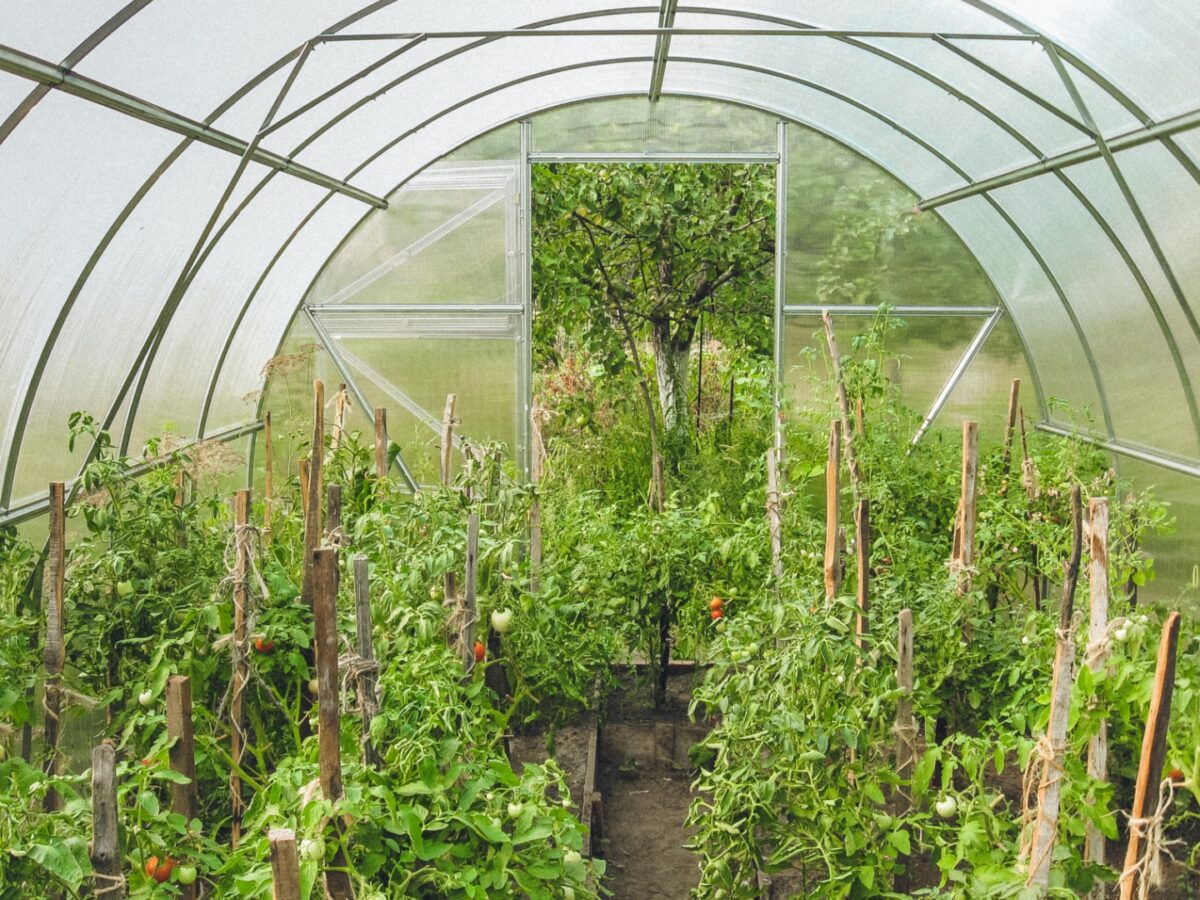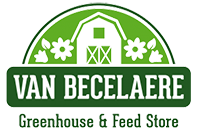Affordable Ways for a Successful Early Harvest in a Winter Greenhouse Garden

Posted on January 27, 2023 by Van Becelaere Greenhouse
A winter greenhouse is incredibly productive for winter harvests. However, unheated structures can still capture solar energy and shelter a wide variety of cold-tolerant crops like kale, carrots, leeks, scallions, carrots, and spinach.
In some households, it can become the heart of your kitchen during the cold season months, providing homegrown vegetables and herbs from November through March. Especially for families that rely on a healthy balanced diet.
Extending A Fall Harvest
If you are like many gardeners that extend a fall harvest using seeds from your garden last season, you’ll need to start the seeds indoors for now. Then when temperatures begin to warm you can begin the process of hardening these plants for transplant outdoors by moving the plants outside during the daytime and inside during the night-time.
Then by the time the weather warms up in March, you can start planting heat-loving crops inside a greenhouse, like:
- Tomatoes
- Peppers
- Cucumbers
But if you are like many home gardeners who don’t have a winter greenhouse, there are other ways to prepare for an early harvest affordably. Most affordable methods get referred to as small season extenders.
Types of Winter Greenhouses
From greenhouses to polytunnels, these are for more than just farmers. Several small-sized seasonal extenders come in all sorts of shapes and materials. Whether it’s a walk-in structure or a framed hoop, used to protect a winter harvest of cold-season vegetables and herbs in your backyard garden.
Some structures are sold in kits, while others are great for DIY’ing if you’re a handy home gardener. There are three common frame types for walk-in greenhouses: metal, wood, and PVC.
On the other hand, only two frame types can bear the weight of glass, metal, and wood. It’s also more expensive than some home gardeners want to spend for a backyard greenhouse.
So in today’s blog, we’ll discuss polycarbonate and polyethylene.
Polycarbonate Greenhouse
A rigid plastic polycarbonate is the latest and most significant type of greenhouse covering available on the market. It traditionally comes in flat sheets, twin-walled, or a single corrugated layer. The double-layer polycarbonate material offers excellent insulation during colder winter months.
Polycarbonate is flexible enough to be used in cheaper Quonset greenhouses, or domed-style. The polycarbonate sheeting is highly durable. It can withstand hailstorms and bird droppings much better than glass.
The unfortunate polycarbonate paneling can oxidize and fade over time, turning yellow. Although polycarbonate can last longer than glass and polyethylene, it costs considerably more to replace.
Polyethylene Greenhouse
Polyethylene (plastic) film is the most common form of greenhouse covering due to its low upfront cost. Its lightweight structure makes it easy to attach to almost any frame, including a PVC frame.
Moreover, a double layer of plastic with an air gap in between can bring energy savings of up to 40% compared to other materials such as polycarbonate, glass, or fiberglass.
Utilizing polyethylene for your greenhouse has many benefits, including a diffused light source and reduced shadows due to the fewer structural components. Thus, it’s an ideal option for novice greenhouse growers.
A considerable hindrance to using polyethylene is its limited period of existence. Over time, exposure to sun rays and environmental pollution significantly reduces the strength of polyethylene, making it fragile, and causing it to breakdown and eventually tear.
Pay A Visit To Your Friendly Greenhouse Store
If you are hoping to get a head start on a greenhouse this season, stop in and talk with the friendly staff at the Van Becelaere Greenhouse in Pittsburg, Kansas. Their knowledgeable staff can give you all you need to get your backyard greenhouse off to a good start.
They can help guide you to good sources for building your first greenhouse. As well as help supply you with mushroom mulch, starter plants, and seeds to get fully prepared for an early harvest.
